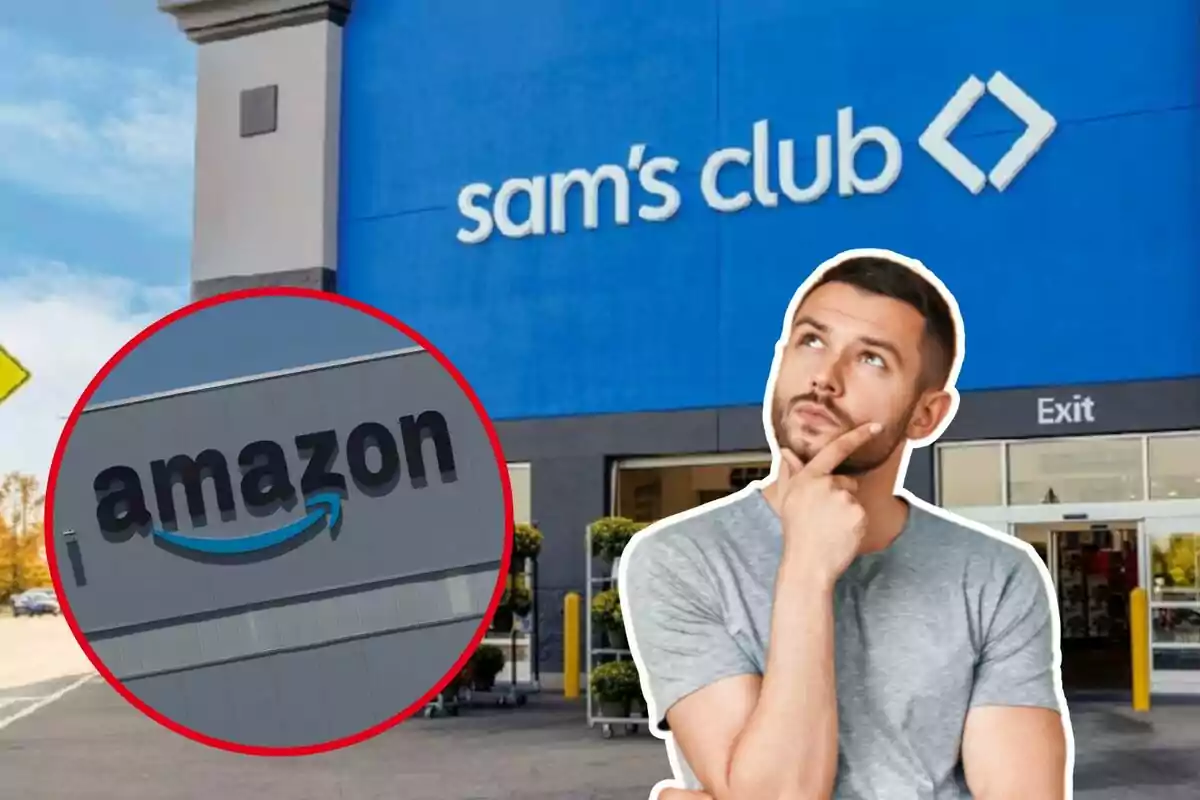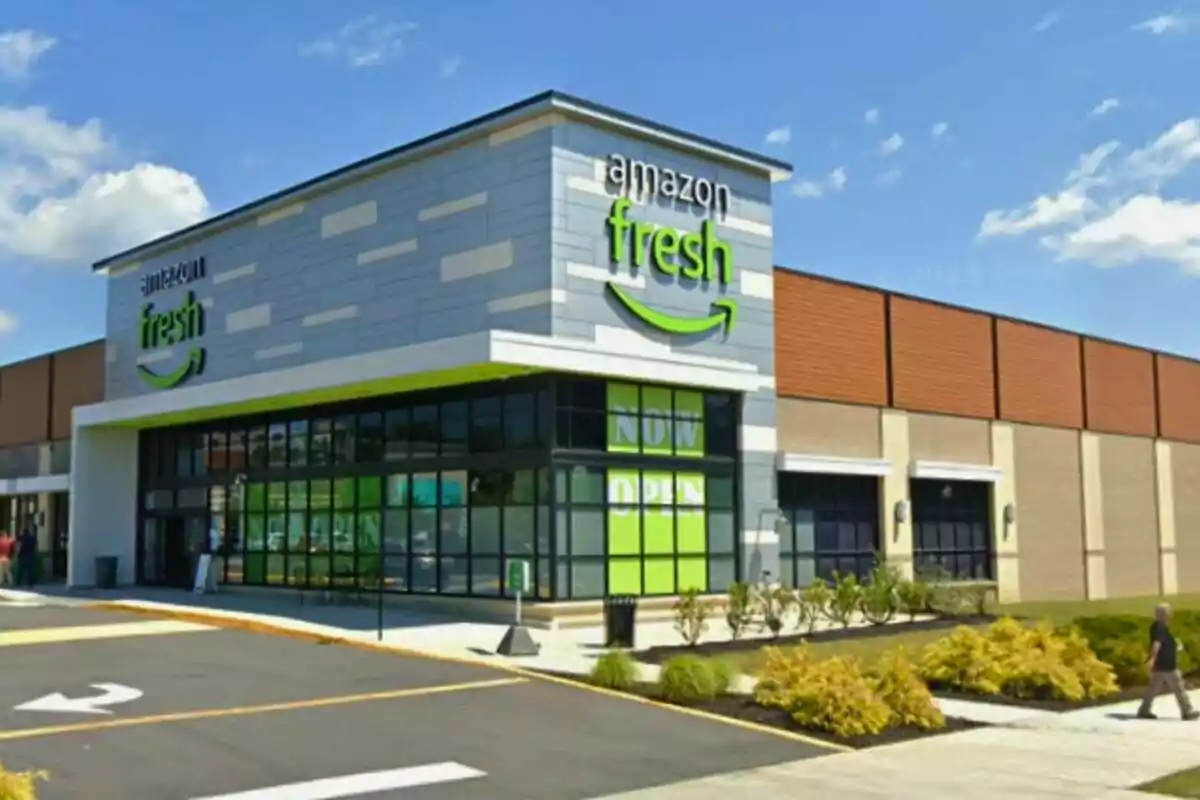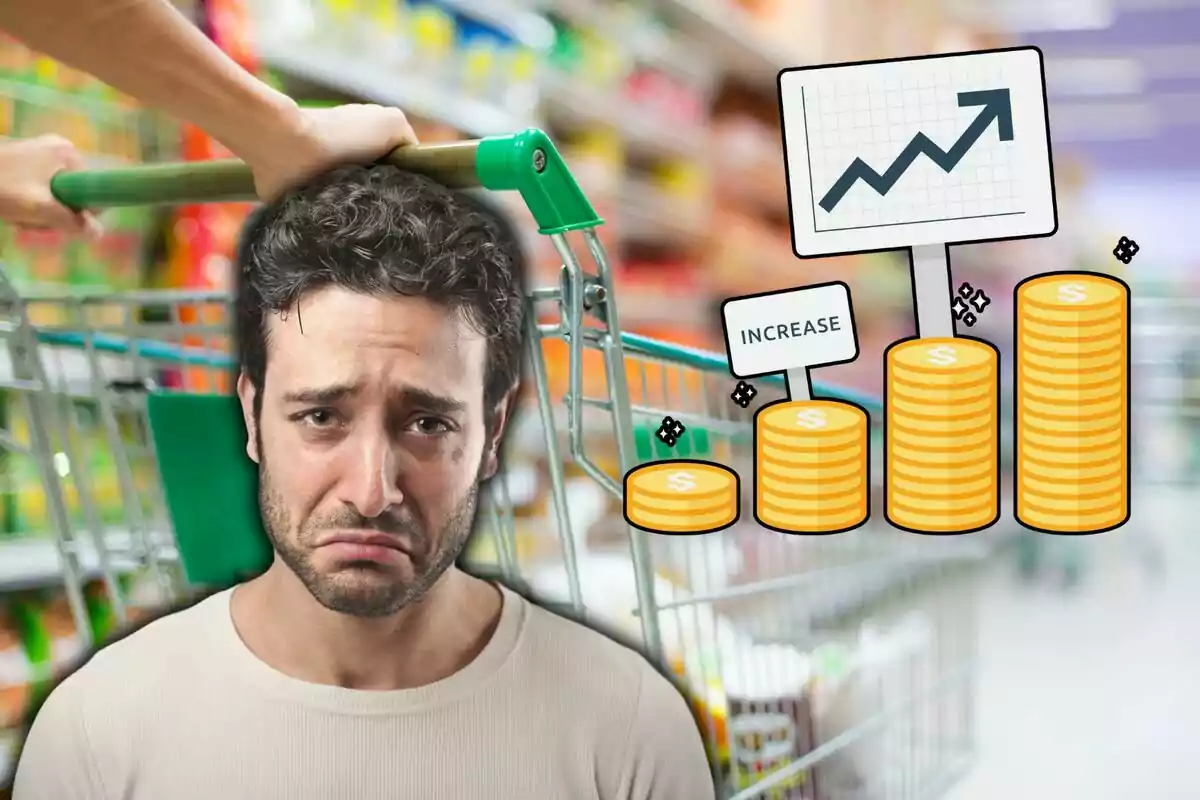
Confirmed: Amazon hits Sam's Club hard after doing this in the USA
Amazon is revolutionizing the U.S. market with a strategy that puts Sam's Club and its competitors in check
Concern about the cost of living is affecting millions of families in the United States. Amid persistent inflation and an uncertain economy, consumers are looking for ways to save every time they go to the supermarket. In this context, Amazon has taken an unexpected step, shaking up the competition in the grocery sector.
The company led by Andy Jassy has started to implement an aggressive low-price strategy in its Amazon Fresh physical stores. This move not only aims to attract the most price-sensitive consumers, but it is already having a direct impact on major rivals like Sam’s Club.

Amazon Fresh enters the scene with renewed strength
Although Amazon Fresh was born in 2007 as a grocery delivery service, it was not until 2020 that it opened its first physical store in Los Angeles. Since then, the chain has grown rapidly and, according to recent data, already has 65 stores in the United States. Of these, approximately 42% are located in California, one of the most competitive states in terms of consumption.
Despite having paused its expansion in 2023, Amazon relaunched its bet less than a year later with a new store design and an improved offering. According to its CEO, Andy Jassy, recent tariff policies could favor Amazon over its competitors.
"When you have the widest selection like we do and more than 2 million global sellers, you are better positioned. This allows you to help customers find important products at lower prices," Jassy said in statements collected by TheStreet.

This approach translates into visible changes. In places like Washington and Virginia, prices at Amazon Fresh locations are well below those of traditional chains. For example, an 8 oz. package of Philadelphia cream cheese was sold for $3.49 at Amazon, compared to $4.99 at a competing QFC store. Also, a 1 lb. package of strawberries was sold for $1.89 at Amazon Fresh in Alexandria, Virginia, while at a nearby Giant Food the same product cost $4.99.
The impact on competition and consumer habits
The low-price offensive is not accidental. A McKinsey & Company survey reveals that 43% of American consumers consider rising prices their main concern. In addition, 60% have already changed or plan to change their consumption habits, opting for cheaper brands or cutting non-essential expenses.

Amazon has decided to take advantage of this scenario. A company spokesperson told Grocery Dive: "As part of our focus on offering low and competitive prices daily, we work to match or beat competitors' prices."
These differences are pressuring brands like Sam's Club to reconsider their strategy. Although these chains have dominated thanks to competitive prices and bulk purchases, Amazon shows that it can offer low prices without requiring exclusive memberships.
More posts: